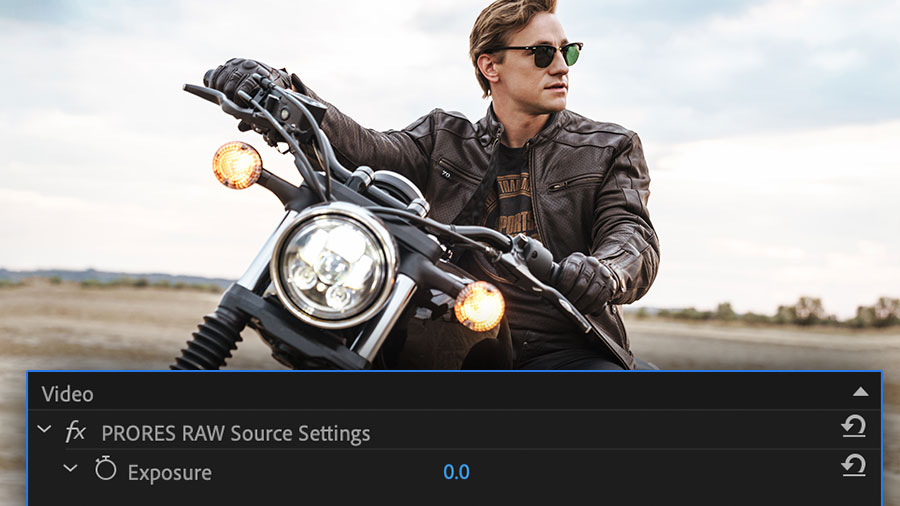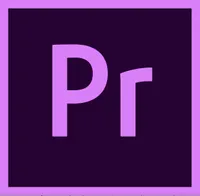Adobe adds ProRes RAW support to Premiere Pro and After Effects
Adobe has its own CinemaDNG RAW format, but bows to the inevitable as the competing ProRes RAW format takes off

The ProRes RAW format is to video what raw files are to stills photographers. It stores the full sensor data captured by the camera to offer much more processing latitude later. Adobe's CinemaDNG format offers raw capture too, but right now it's the competing ProRes RAW format that's taking off, and it's going to gain even more ground now that it's supported by Adobe's two big pro video editing tools.
Until recently, the sheer quantity of data captured by 4K video cameras made raw capture either expensive or impossible, but that's changing as cameras gain processing power, storage gets bigger and faster and video formats gain sophistication.
• See Adobe Premiere Pro CC review
ProRes RAW has been developed by Apple and Atomos, and we've already published a story on why ProRes RAW is the next file format you should really know about.
Atomos makes some of the best external monitors for video, and has recently sealed tie-ins with Nikon and Panasonic. With an external Atomos recorder, Nikon owners now get RAW video output for the Nikon Z6 and Z7 and the Panasonic Lumix S1H gets RAW video capture, a feature many were hoping might be built into the camera, but isn't.
RAW video capture is relatively new, at least at the enthusiast end of the market, but it's an exciting development that gives vloggers and independent filmmakers access to a step-change in video editing tools and output quality.
Download the Premiere Pro CC free trial now
Just choose the Adobe subscription plan you'd like to try and download the software. The Premiere Pro plan is cheaper but the All Apps plan is better value. Simply cancel your subscription before the end of the 7 day trial if you don't want to proceed – otherwise the subscription will be activated automatically.
Read more:
The best camera deals, reviews, product advice, and unmissable photography news, direct to your inbox!
• How to download Adobe Premiere Pro CC and try it free
• Panasonic Lumix S1H review
• Best on-camera monitors for videography
• Best 4K cameras for filmmaking
• Best cameras for vlogging
• Best cinema cameras
• Best video editing software
Download the Premiere Pro CC free trial now
Just choose the Adobe subscription plan you'd like to try and download the software. The Premiere Pro plan is cheaper but the All Apps plan is better value. Simply cancel your subscription before the end of the 7 day trial if you don't want to proceed – otherwise the subscription will be activated automatically.
Download the Premiere Pro CC free trial now
Just choose the Adobe subscription plan you'd like to try and download the software. The Premiere Pro plan is cheaper but the All Apps plan is better value. Simply cancel your subscription before the end of the 7 day trial if you don't want to proceed – otherwise the subscription will be activated automatically.
Download the Premiere Pro CC free trial now
Just choose the Adobe subscription plan you'd like to try and download the software. The Premiere Pro plan is cheaper but the All Apps plan is better value. Simply cancel your subscription before the end of the 7 day trial if you don't want to proceed – otherwise the subscription will be activated automatically.
Download the Premiere Pro CC free trial now
Just choose the Adobe subscription plan you'd like to try and download the software. The Premiere Pro plan is cheaper but the All Apps plan is better value. Simply cancel your subscription before the end of the 7 day trial if you don't want to proceed – otherwise the subscription will be activated automatically.
Download the Premiere Pro CC free trial now
Just choose the Adobe subscription plan you'd like to try and download the software. The Premiere Pro plan is cheaper but the All Apps plan is better value. Simply cancel your subscription before the end of the 7 day trial if you don't want to proceed – otherwise the subscription will be activated automatically.

Rod is an independent photography journalist and editor, and a long-standing Digital Camera World contributor, having previously worked as DCW's Group Reviews editor. Before that he has been technique editor on N-Photo, Head of Testing for the photography division and Camera Channel editor on TechRadar, as well as contributing to many other publications. He has been writing about photography technique, photo editing and digital cameras since they first appeared, and before that began his career writing about film photography. He has used and reviewed practically every interchangeable lens camera launched in the past 20 years, from entry-level DSLRs to medium format cameras, together with lenses, tripods, gimbals, light meters, camera bags and more. Rod has his own camera gear blog at fotovolo.com but also writes about photo-editing applications and techniques at lifeafterphotoshop.com

